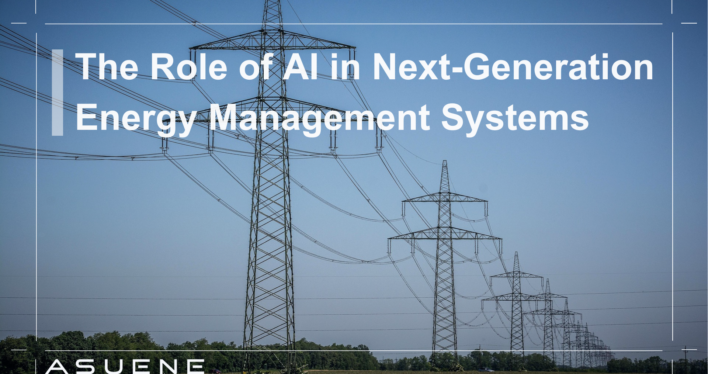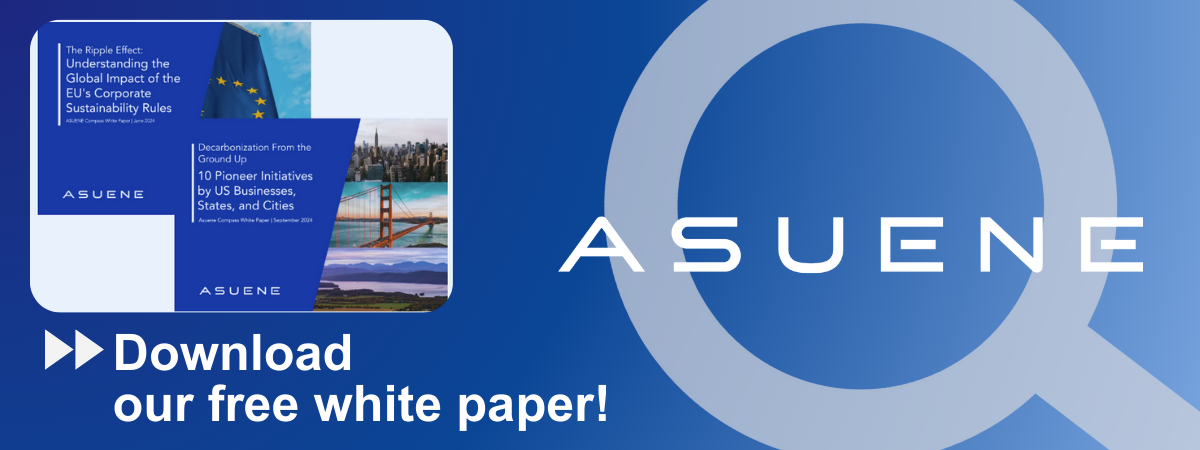- Article Summary
-
Overview
As the world confronts the dual challenges of climate change and energy security, organizations are under growing pressure to reduce their energy consumption and carbon footprint. Energy efficiency is no longer just a cost-saving measure; it is a strategic pillar of environmental, social, and governance (ESG) performance. The emergence of Artificial Intelligence (AI) and the Internet of Things (IoT) has introduced powerful new capabilities to Energy Management Systems (EMS), transforming how energy is monitored, analyzed, and optimized.
Across Europe and the United States, regulatory developments such as the EU’s revised Energy Efficiency Directive (2025) and the U.S. Department of Energy’s expanded Energy Efficiency and Conservation Block Grant Program (2025) are reinforcing the need for smarter energy practices. AI and IoT technologies offer organizations a dynamic toolkit to meet these expectations, enabling real-time insights, adaptive control, and predictive optimization that drive both sustainability and profitability.
In this article, we explore how AI and IoT are fundamentally reshaping the future of energy management, from infrastructure to reporting, and position companies to meet the demands of a carbon-constrained world.
Transforming Energy Monitoring
The foundational layer of next-generation EMS is a network of IoT devices that gather detailed, real-time energy data from diverse sources. These smart sensors can be deployed across office buildings, factories, logistics networks, and renewable energy systems to measure variables such as:
- Electricity consumption (kWh)
- Voltage and current
- HVAC performance and occupancy
- Lighting and temperature
- Machine-level power usage
By creating a digital twin of energy flows, IoT-enabled EMS platforms provide unprecedented visibility into how, where, and when energy is consumed. This granular insight is crucial for identifying inefficiencies, setting benchmarks, and verifying improvements over time.
Smart meters, for instance, can integrate with solar inverters to manage on-site renewable generation, while IoT thermostats can adjust temperatures dynamically based on room usage. In industrial settings, submetering at the machine level allows precise attribution of energy use and carbon intensity to specific products or processes, a key requirement under the EU’s Energy Efficiency Directive (2025).
Such data-rich systems lay the groundwork for more intelligent, responsive energy strategies that are both compliant and cost-effective.

AI-Powered Optimization
Once data is collected, AI technologies step in to transform raw numbers into actionable intelligence. Using advanced analytics, machine learning, and neural networks, AI models can identify consumption patterns, forecast energy demand, and optimize operations.
Key applications include:
- Predictive maintenance: Identifying equipment degradation before failures occur, preventing downtime and energy waste.
- Load forecasting: Anticipating peak demand periods to minimize grid stress and reduce time-of-use charges.
- Anomaly detection: Recognizing unusual patterns that may indicate energy leaks or equipment malfunction.
- Autonomous scheduling: Optimizing start/stop cycles for equipment based on real-time energy prices and operational needs.
Energy management companies such as NZero are leading this charge. These platforms deliver real-time, 24/7 carbon accounting and energy data intelligence that enable organizations to automate emissions tracking and energy use reporting. By leveraging AI, they help clients simulate various operational and behavioral scenarios to model outcomes in carbon reductions and cost savings. Their time-stamped, source-specific data infrastructure ensures decision-makers have the granularity required for reporting under frameworks like the CSRD and SEC climate disclosures.
With such platforms, energy optimization is no longer a periodic analysis, it becomes a continuous, adaptive process that aligns every operational decision with an organization’s sustainability goals.
Regulatory Drivers and ESG Implications in the U.S. and Europe
The regulatory landscape in both Europe and the United States is rapidly evolving to mandate more rigorous and real-time energy disclosures. In the EU, the Corporate Sustainability Reporting Directive (CSRD), coming into force for large companies in 2025, will require organizations to disclose:
- Energy consumption intensity per business activity
- Scope 1, 2, and 3 emissions
- Progress against science-based reduction targets
Meanwhile, the U.S. Securities and Exchange Commission (SEC) has finalized rules for climate-related disclosures that include:
- Material Scope 1 and 2 emissions
- Use of third-party assurance for emissions data
- Description of energy transition plans
To comply with these frameworks, companies must move beyond static, manual reporting toward real-time, verifiable data pipelines. AI-IoT EMS platforms provide this capability, ensuring that energy and carbon metrics are continuously monitored, aligned with regulations, and audit-ready.
A comparative overview (illustrated below) helps visualize the regulatory requirements and AI-IoT EMS responses:
| Regulation | Key Energy Data Required | AI-IoT EMS Role |
|---|---|---|
| EU CSRD (2025) | Energy intensity, Scope 1/2/3 emissions, Target progress | Automated tracking, Submetering, Predictive modeling |
| SEC Disclosure (2025) | Scope 1/2 emissions, Transition plans | Anomaly detection, Data assurance integration |
These capabilities not only support compliance but enhance ESG ratings, investor confidence, and competitive positioning.
Conclusion
The integration of AI and IoT into energy management marks a paradigm shift for organizations committed to decarbonization. Rather than reactive cost control, next-generation EMS allows for proactive, intelligent energy stewardship that aligns with long-term sustainability goals and regulatory requirements.
As technology matures, new frontiers are emerging. Blockchain may be used to verify green energy provenance. Federated learning could enhance energy optimization across multiple facilities while preserving data privacy. AI-generated simulations may guide capital investments toward the most impactful retrofits.
Organizations that invest now in AI-IoT EMS infrastructure will not only be ready for the tightening regulations of 2025 and beyond, they will be industry leaders in operational efficiency, ESG transparency, and climate resilience.
The future of energy management is digital, decentralized, and data-driven and it is already underway.
Why Work with ASUENE Inc.?
Asuene is a key player in carbon accounting, offering a comprehensive platform that measures, reduces, and reports emissions, including Scope 1-3. Asuene serves over 10,000 clients worldwide, providing an all-in-one solution that integrates GHG accounting, ESG supply chain management, a Carbon Credit exchange platform, and third-party verification.
ASUENE supports companies in achieving net-zero goals through advanced technology, consulting services, and an extensive network.


